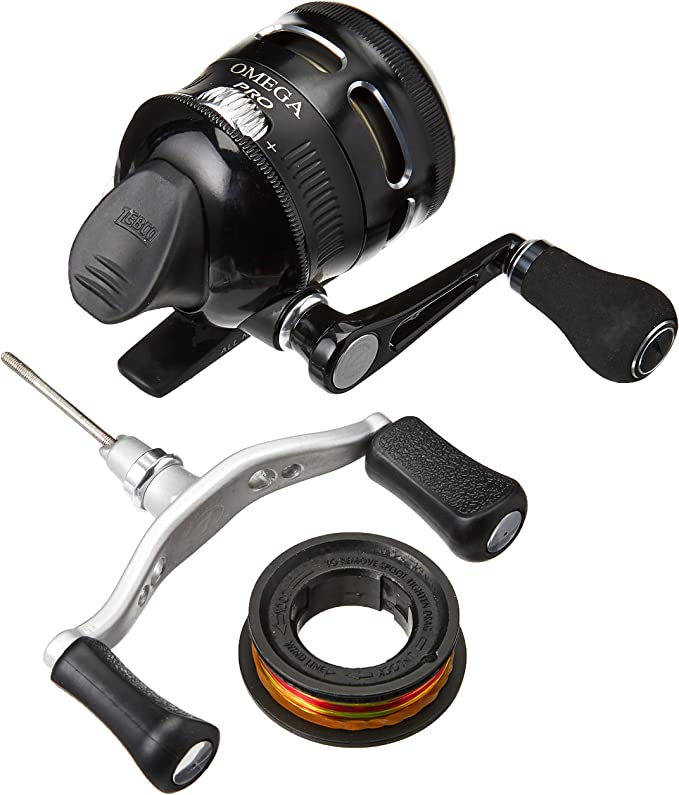The Architecture of Survival: Deconstructing the US Military Modular Sleep System
Update on Nov. 18, 2025, 6:23 p.m.
In the realm of outdoor gear, there is a constant war between “Lightweight” and “Bulletproof.” The commercial market chases ounces, shaving grams with fragile zippers and whisper-thin fabrics. The military, however, operates on a different calculus: Survival is non-negotiable.
The US Military 4-Piece Modular Sleep System (MSS), manufactured by Tennier Industries, is not designed for the fast-packer. Weighing in at nearly 9 pounds, it is a tank in a world of sports cars. But tanks have a purpose. They go where others cannot, and they survive what others do not.
Let’s move beyond the basic “it keeps you warm” reviews. We need to deconstruct the engineering behind this system to understand why, decades after its introduction, it remains the gold standard for survivalists, hunters, and extreme-cold adventurers on a budget.
The Myth of “Static” Insulation
Most civilian sleeping bags are “static” tools. You buy a 0°F bag, and it is forever a 0°F bag. If it’s 40°F, you sweat. If it’s -10°F, you shiver.
The MSS operates on Dynamic Thermal Regulation. It is built on the principle that insulation must be scalable.
1. The Patrol Bag (Green): Rated for 30°F. This is your active shell. It handles cool nights and acts as a liner.
2. The Intermediate Cold Weather Bag (Black): Rated for -10°F. This is your core thermal mass.
3. The Combo: Snap them together, and you create a third thermal barrier—the air gap between the two bags. This interstitial space is often overlooked, but in thermodynamics, trapped air is the best insulator.
Crucial Correction: While some product listings (including on Amazon) may erroneously label this as “Down,” genuine US Military MSS units utilize synthetic insulation (historically Polarguard HV or Climashield). This is a deliberate engineering choice. Down collapses when wet, losing all insulating value. Synthetic fibers maintain their structure—and thus their warmth—even when soaked. In a survival scenario where keeping dry is a luxury, synthetic fill is the only logical option.

The Physics of the Bivy: Managing the Dew Point
The unsung hero of this system is the Woodland Camo Gore-Tex Bivy Cover. Many campers view a bivy as just a “waterproof sack.” It is actually a sophisticated Vapor Management System.
When you sleep in freezing conditions, your body emits moisture vapor. In a standard tent, this vapor hits the cold tent wall, condenses into ice, and “snows” back down on you.
The MSS Bivy moves the Dew Point (the temperature at which vapor turns to liquid) outside your insulation layers. * Windproof: It stops convective heat loss (wind stripping warmth from your bag) dead in its tracks. * Vapor Permeable: The Gore-Tex membrane allows internal moisture to escape. This prevents your insulation from wetting out from the inside—a silent killer in deep winter camping.
By enclosing the entire system, the Bivy effectively turns your sleeping bag into a 4-season, single-person tent. This eliminates the need for a separate shelter in many scenarios, drastically changing the “weight penalty” calculation. If you carry a 9lb sleep system but leave the 5lb tent at home, the math starts to make sense.
The “Negative 50” Reality Check
You will see the rating “-50°F” thrown around. Let’s apply a rigorous reality check.
The system is indeed rated to -50°F, but only when used in conjunction with the ECWCS (Extended Cold Weather Clothing System). This means wearing layers of thermal underwear, fleece, and potentially insulated booties inside the bag.
For the civilian user without the full military clothing kit, a realistic “Comfort Rating” for the full 3-part stack is closer to -10°F to -20°F. This is still exceptionally cold capability for the price point. At these temperatures, zipper reliability becomes life-critical. The MSS uses massive, self-repairing zippers that can be operated with frozen fingers or thick mittens—a subtle design feature that civilian “ultralight” zippers cannot match.

Who is this for? The Strategic Use Case
The MSS is not for the Appalachian Trail thru-hiker counting grams. It is for:
1. Vehicle-Based Exploration (Overlanding): When weight doesn’t matter, but reliability does.
2. Base Camp Operations: Hunters setting up a fixed camp in late season.
3. Emergency Preparedness: This is the ultimate “trunk bag.” If your car slides off the road in a blizzard, this bag will keep you alive until rescue comes.
4. Budget Winter Camping: To get a civilian -20°F synthetic bag and a Gore-Tex bivy would cost upwards of $600-$800. The MSS delivers this utility at a fraction of the cost, paid for in weight.
Conclusion: The Durability Dividend
In a disposable world, the US Military Modular Sleep System stands as a monument to permanence. It is bulky, it is heavy, and it is unapologetically rugged. But when the storm breaks the poles of your ultralight tent and the mercury drops off the thermometer, the MSS offers something lightweight gear cannot: the absolute certainty of a warm night’s sleep.
It is not just a sleeping bag; it is a life-support system.

























